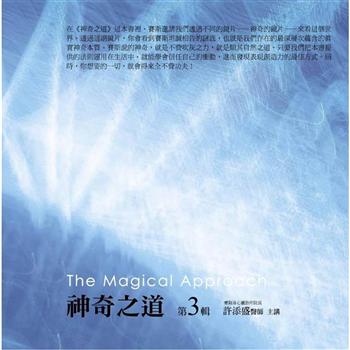Every disciple imagines Jesus; reading the Gospels we form images of him and of his surroundings. This has been constant practice for those who desire to know him more clearly. We, however, borrow stuff--from stained glass windows, book illustrations, and the like--which is always familiar to us, but which reflects our, not his, culture. This book invites readers to construct different scenarios about Jesus and his world from the study of his ancient culture. We do this with accuracy because of the advance of cultural studies of his and our worlds. Jesus should look different (wear different clothing, experience different grooming), in settings foreign to us (in houses and boats from his own world). Jesus should speak differently so that the meaning of his words can only be known in his culture. In this book readers travel through the Gospels with specific suggestions about what to see, namely, Jesus in his cultural world. Imagining Jesus also suggests how to listen to him in his cultural language. Did Jesus laugh? How did he pray? This is what the incarnation means: imagining Jesus socialized in a particular culture, at a time foreign to us and in a language strange to us.
| FindBook |
有 1 項符合
Imagining Jesus . . . in His Own Culture: Creating Scenarios of the Gospel for Contemplative Prayer的圖書 |
 |
Imagining Jesus . . . in His Own Culture: Creating Scenarios of the Gospel for Contemplative Prayer 作者:Neyrey 出版社:Cascade Books 出版日期:2018-08-09 語言:英文 規格:平裝 / 172頁 / 22.6 x 15 x 1 cm / 普通級 |
| 圖書館借閱 |
| 國家圖書館 | 全國圖書書目資訊網 | 國立公共資訊圖書館 | 電子書服務平台 | MetaCat 跨館整合查詢 |
| 臺北市立圖書館 | 新北市立圖書館 | 基隆市公共圖書館 | 桃園市立圖書館 | 新竹縣公共圖書館 |
| 苗栗縣立圖書館 | 臺中市立圖書館 | 彰化縣公共圖書館 | 南投縣文化局 | 雲林縣公共圖書館 |
| 嘉義縣圖書館 | 臺南市立圖書館 | 高雄市立圖書館 | 屏東縣公共圖書館 | 宜蘭縣公共圖書館 |
| 花蓮縣文化局 | 臺東縣文化處 |
|
|
圖書介紹 - 資料來源:博客來 評分:
圖書名稱:Imagining Jesus . . . in His Own Culture: Creating Scenarios of the Gospel for Contemplative Prayer
內容簡介
作者簡介
Jerome Neyrey, a Jesuit priest, focused his scholarship on the New Testament, but in terms of its distinctive culture. Hence he studied ancient rhetoric and read lots of anthropology. His favorite mantra, "in other words," was his GPS for the letters of Paul and the Gospels. Despite his Yale PhD, he continued his schooling, but in association with like-minded comrades within the Context Group. His articles appear in scholarly journals, and leading presses have published his books.
|











